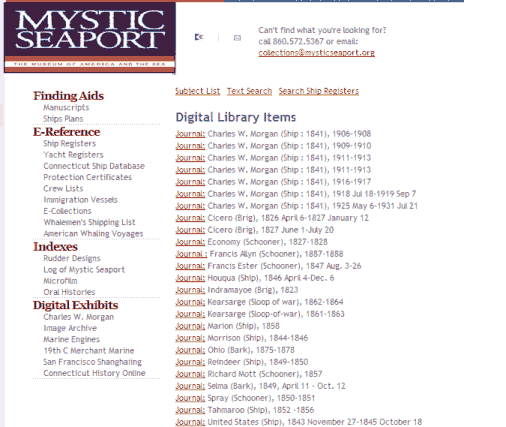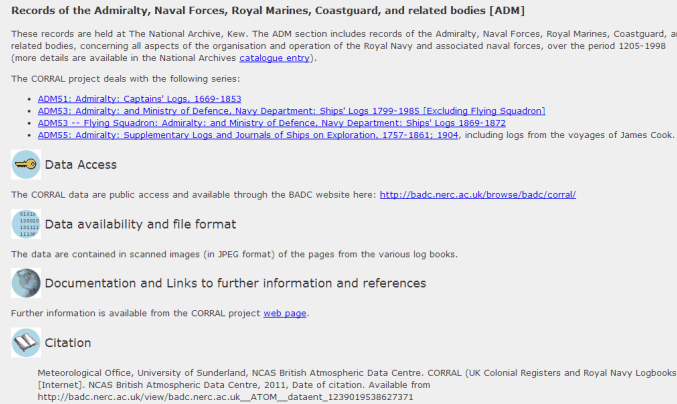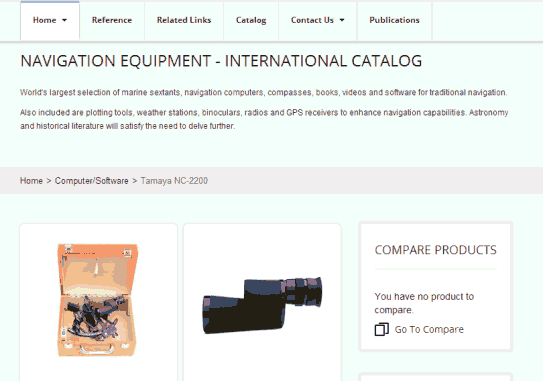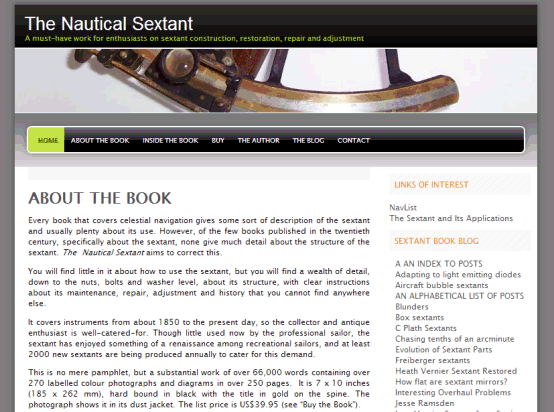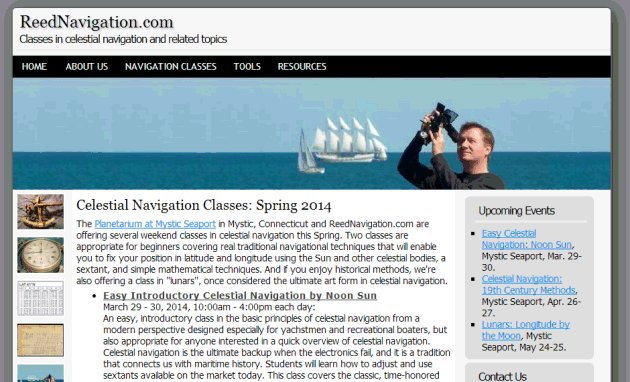
NavList:
A Community Devoted to the Preservation and Practice of Celestial Navigation and Other Methods of Traditional Wayfinding
From: Gary LaPook
Date: 2013 Jun 15, 10:34 -0700
| Let's come back from the land of theory to the land of practical navigation. Since the data in the Nautical Almanac is tabulated only to the whole second there is no practical reason to try to determine the time of the observation to a higher level of precision than one second. My experiment has shown that three cheap watches provide the necessary accuracy for practical navigation over extended periods of time even without the benefit of updating from a standard such as WWV. Using only the least accurate watch provides a longitude within 10 NM even after three and a half years and averaging all three watches provides a longitude accurate to one NM over the same period. So even if the navigator, wandering the ocean for three and a half years without a radio or contact with the rest of the world and not being aware of the addition of a leap second, would still be able to safely navigate his boat. This is based on a rating determined over a 99 day period that did not include a leap second. If, by some means, he found out about that leap second, then he would use it to arrive at an even more accurate time by adding it to the time of the observation as determined by applying the 99 day rate and reduce the maximum longitude error, https://navlist.net/m2.aspx/Watches-chronometers-LaPook-may-2013-g24211 https://navlist.net/m2.aspx/Watches-chronometers-correction-LaPook-may-2013-g24217 https://navlist.net/m2.aspx/Watches-chronometers-LaPook-may-2013-g24237 --- On Fri, 6/14/13, Frank Reed <FrankReed@HistoricalAtlas.com> wrote:
|

